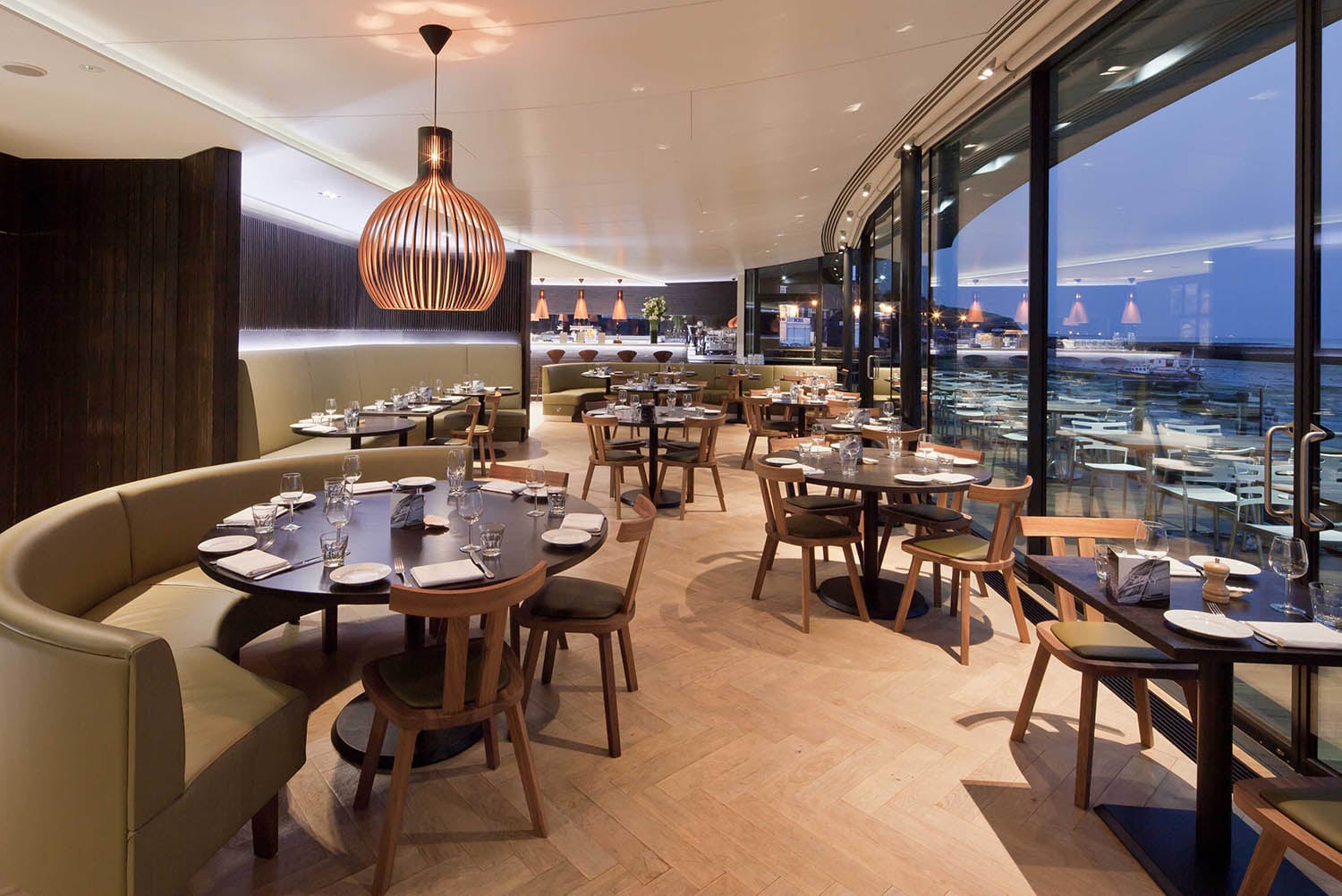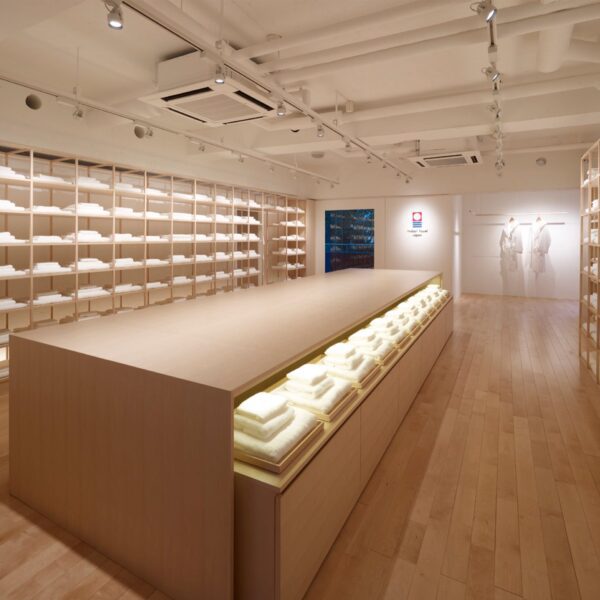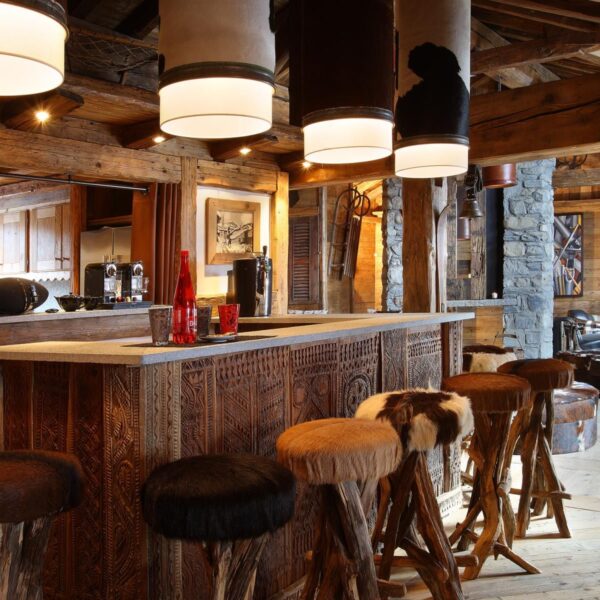Restaurant and hospitality design involve creating inviting and functional spaces that cater to the needs of customers while embodying the brand’s identity and enhancing the overall dining or lodging experience. This design process takes into account various factors, including aesthetics, ambiance, layout, comfort, and practicality. Whether it’s a restaurant, hotel, café, or any other hospitality establishment, here are some key elements and considerations for successful design:
Restaurant Design:
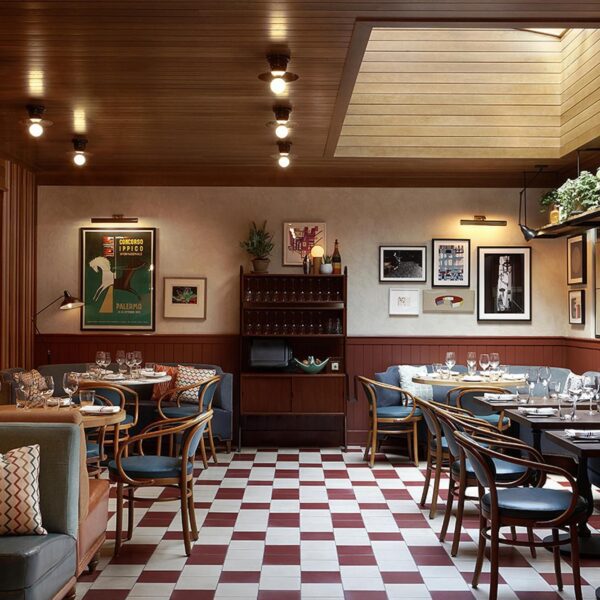

Theme and Concept:
Develop a clear theme or concept that defines the restaurant’s style and atmosphere. Align the theme with the cuisine, target audience, and location.
Layout and Seating:
Design a layout that optimizes seating capacity while ensuring comfort and flow. Consider various seating options such as booths, bar seating, communal tables, and outdoor seating.
Aesthetic Elements:
Choose interior décor, color schemes, and materials that match the restaurant’s theme and create a cohesive look. Incorporate artwork, murals, or design elements that enhance the overall ambiance.
Lighting:
Use lighting to create different moods within different areas of the restaurant. Implement a combination of ambient, task, and accent lighting to highlight key features.
Acoustics:
Select materials and layouts that help control noise levels and create a pleasant acoustic environment.
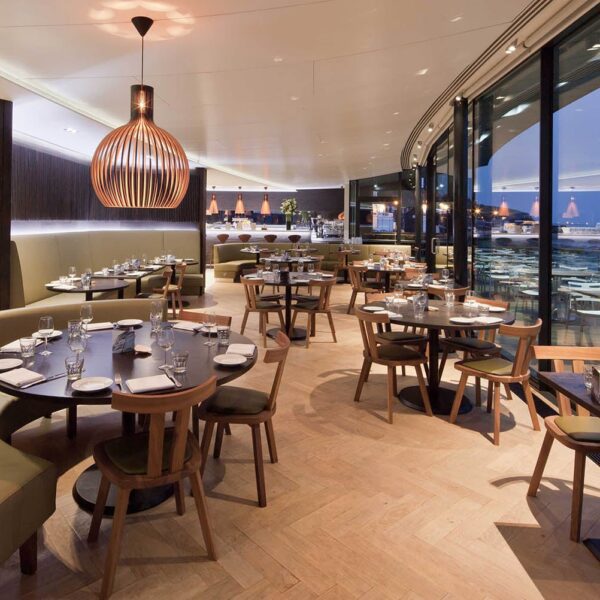

Open Kitchen Concepts:
Consider showcasing the kitchen to add an element of transparency and entertainment for customers.
Bar and Beverage Areas:
Design functional and visually appealing bar areas that encourage socialization. Incorporate storage for beverages, glassware, and equipment.
Restroom Design:
Pay attention to restroom design, as it contributes to the overall perception of cleanliness and quality.
Hospitality Design (Hotels, Resorts, etc.):
Guest Rooms and Suites:
Design comfortable and well-appointed guest rooms with quality furnishings and amenities. Incorporate elements that allow guests to personalize their space.
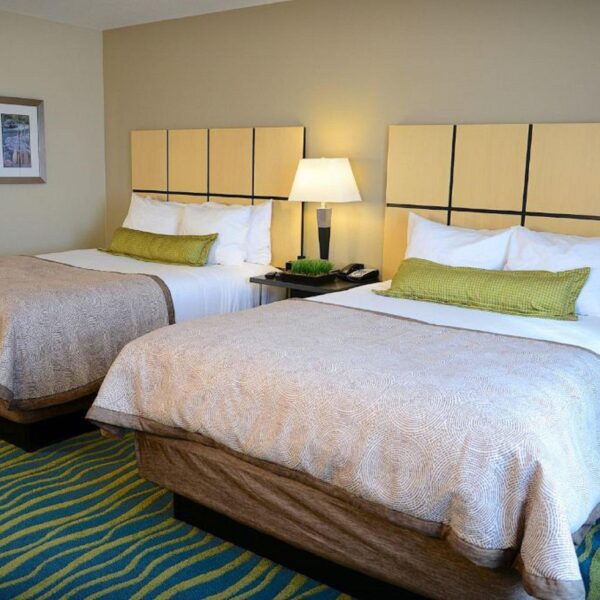

Lobby and Reception Area:
Create an inviting and memorable first impression with a well-designed lobby. Consider seating areas, art installations, and a visually appealing front desk.
Public Spaces:
Design communal spaces such as lounges, libraries, and courtyards for relaxation and social interaction. Incorporate comfortable seating, lighting, and décor.
Amenities:
Consider on-site amenities such as spas, fitness centers, pools, and restaurants. Design these areas to align with the overall brand and provide a luxurious experience.
Wayfinding and Signage:
Ensure clear signage to guide guests throughout the property and enhance their ease of navigation.
Outdoor Areas:
Design outdoor spaces that connect with the natural surroundings and offer a tranquil atmosphere. Include seating, landscaping, and outdoor activities if applicable.
Sustainability:
Consider eco-friendly design elements, such as energy-efficient lighting, water-saving fixtures, and sustainable materials.
Accessibility:
Ensure that the design is inclusive and accessible to all guests, including those with disabilities. Both restaurant and hospitality design share the common goal of creating environments that provide comfort, functionality, and an unforgettable experience for customers and guests. The design process involves a balance between aesthetics, functionality, branding, and the needs of the target audience.

